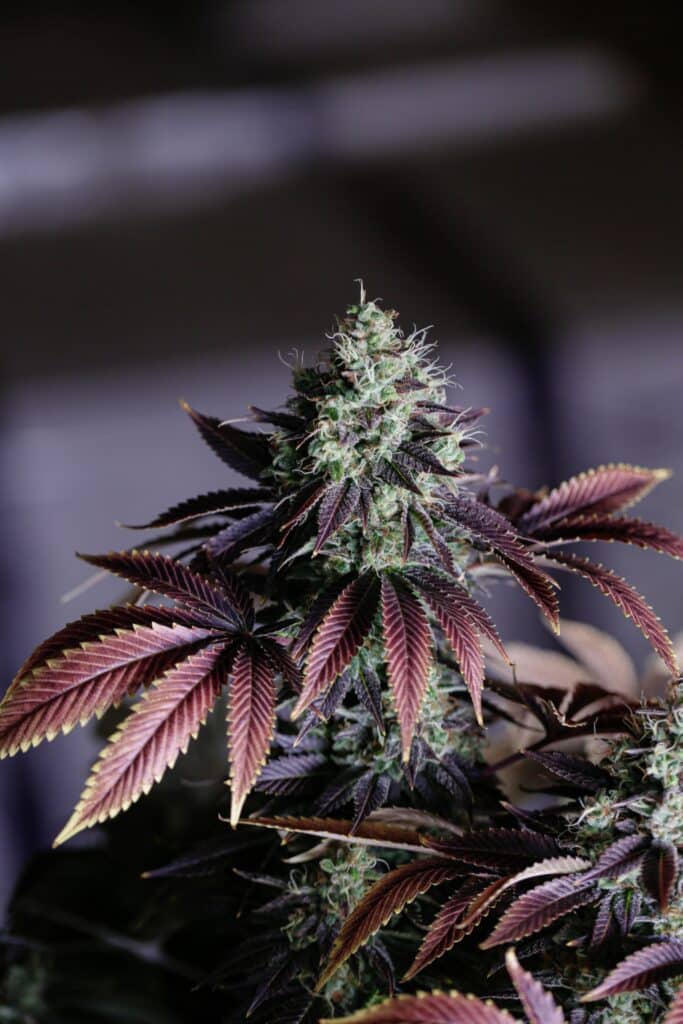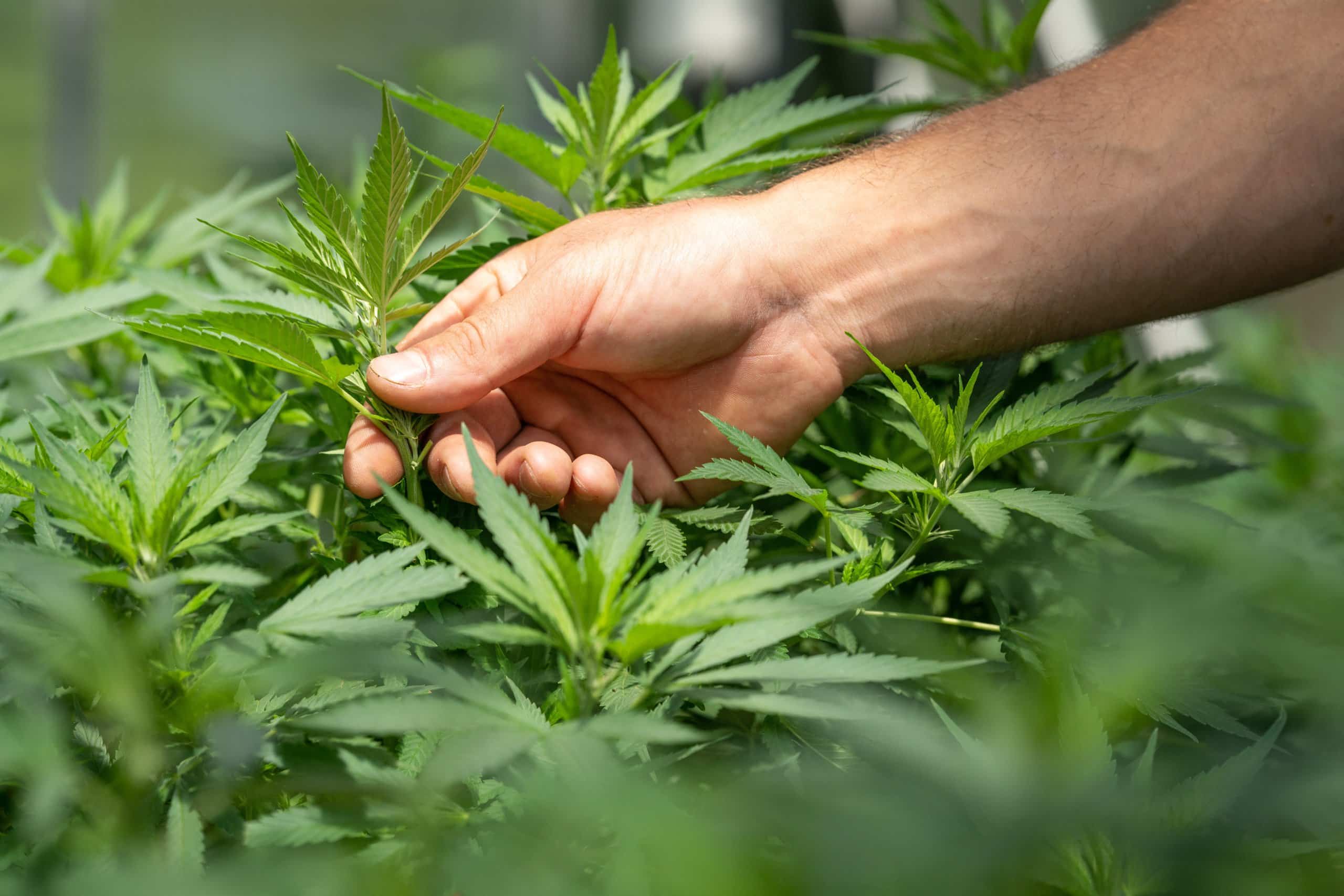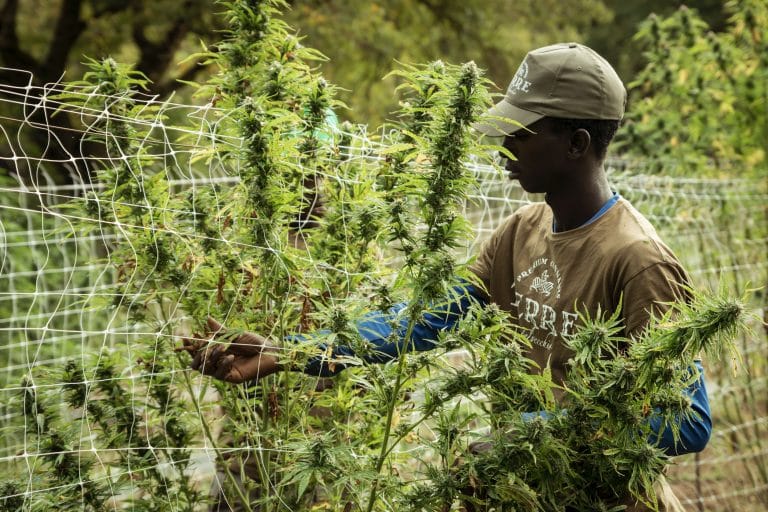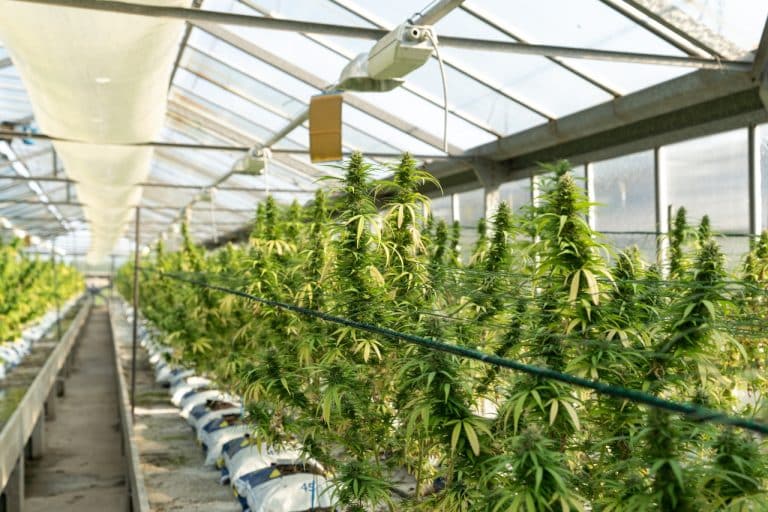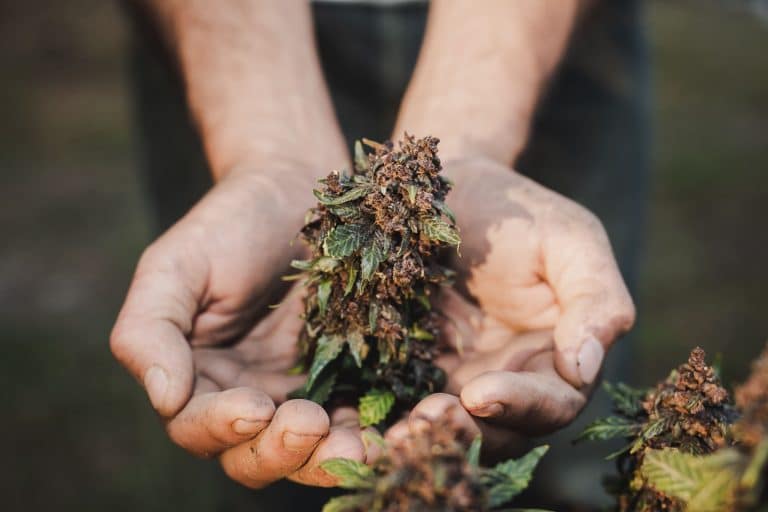For both new and experienced cannabis cultivators, the pursuit of the perfect plant is unending. Central to this endeavour is understanding the intricate web of cannabis genetics. This blog post will dive deep into how genetics influence crop quality, yield, and resilience, and will provide actionable insights for growers aiming for superior production.
Decoding Cannabis Genetics
At the heart of every cannabis plant lies its genetic code. Just as human characteristics like height, hair colour, and even predispositions to certain conditions are determined by genes, cannabis genetics dictate the plant’s growth pattern, potency, flavour, and much more.
Cannabinoid Profile: This refers to the specific array of medicinal compounds a cannabis plant will produce. Primary cannabinoids like THC and CBD are influenced heavily by genetics.
Terpene Profile: Responsible for the distinct aroma and flavors of cannabis, terpenes also play a role in the plant’s therapeutic effects.
Growth Pattern: How tall will the plant grow? How bushy? How dense will the buds be?
Genetics have the answers.
Quality and Potency
The combination of cannabinoids and terpenes, often referred to as the plant’s profile, determines its therapeutic and recreational effects.
- THC-dominant strains might appeal to those seeking heightened psychoactive experiences or specific medicinal effects.
- CBD-rich strains have gained fame for their therapeutic benefits without inducing a high.
- Consistency is Key – Regularly lab-test your crops to ensure they reflect the desired chemical profile.
- Research First – Before investing in a particular strain, gather data about its genetic lineage and expected profile.

Yield
Genetics play a pivotal role in determining how bountiful a harvest will be. Certain strains, thanks to decades of selective breeding, are champions when it comes to yield.
Factors Influenced by Genetics:
- Plant Size – Taller plants tend to produce more, but they might also require more resources and space.
- Bud Density – Denser buds often mean more product per plant, but they can also be prone to mold if not cared for properly.
- Growth Speed – Some strains reach maturity faster than others, allowing for more harvest cycles in a given period.
- Balance is Crucial: Don’t sacrifice quality for quantity. A huge yield isn’t beneficial if the product isn’t up to standard.
- Know Your Strain: Research strains that are renowned for their yield, but also ensure they’re suitable for your growing conditions.
Resistance to Pests and Diseases:
It’s not just about how a plant grows, but also how it defends itself. Some strains have the genetic armour to fend off specific pests or diseases.
Natural Defences to Consider:
- Thicker Stems – Can deter pests and withstand strong winds.
- Resinous Buds – Might deter certain insects or herbivores.
- Rapid Growth – Allows the plant to outpace certain diseases or pests.
- Local Knowledge – Understand the common pests and diseases in your region. Then, source strains that have built-in resistance.
- Avoid Over-reliance – Even the most resilient strains can succumb to pests or diseases under certain conditions. Regular monitoring is essential.
Maintaining Genetic Stability:
For those seeking a consistent, high-quality crop, genetic stability is paramount. It ensures that the plants’ desired traits remain unaltered over generations.
Steps to Ensure Stability:
- Cloning: Using clones from a mother plant ensures identical genetics across crops.
- Seed Sourcing: If you’re planting from seed, always ensure they come from trusted, reputable suppliers.
- Prevent Cross-pollination: Keep different strains separate. Be vigilant about removing male plants to prevent unintentional breeding.
